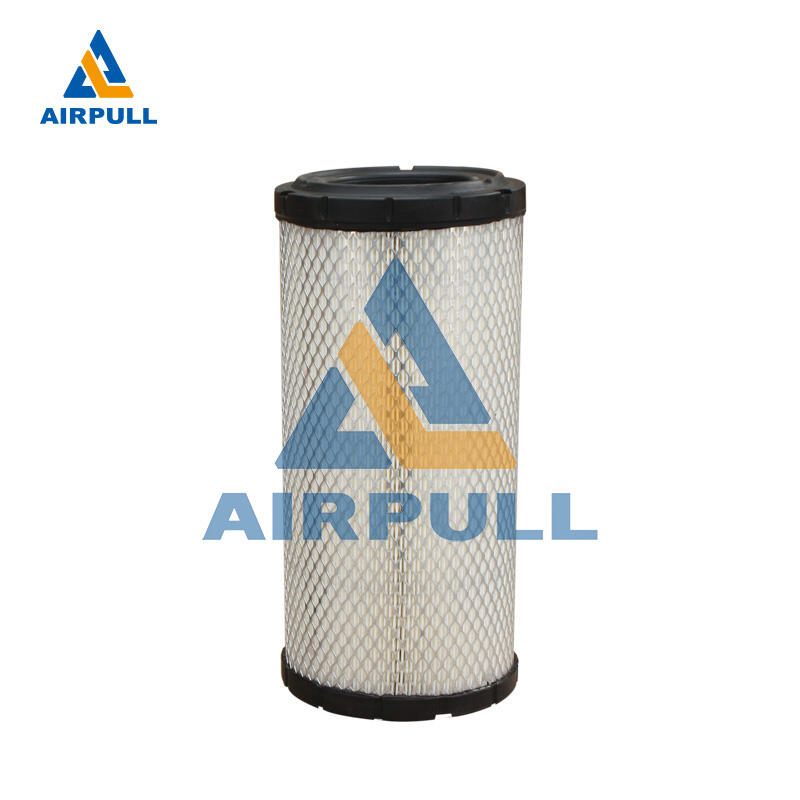Understanding the Critical Role of Filtration in Air Compression Systems
Air compressor filters serve as the vital guardians of your compressed air system, protecting both your equipment and end products from contamination. These essential components remove particles, oil, moisture, and other impurities from the compressed air stream, ensuring optimal performance and longevity of your air compression system. In today's industrial landscape, choosing the right air compressor filter can mean the difference between efficient operation and costly downtime.
The significance of proper filtration cannot be overstated. Every cubic foot of compressed air can contain millions of contamination particles, oil vapors, and water droplets. Without adequate filtration, these contaminants can damage equipment, compromise product quality, and increase operational costs. Understanding air compressor filter sizes and specifications is crucial for maintaining system integrity and meeting industry standards.
Essential Components of Air Compressor Filtration Systems
Primary Filtration Elements
The foundation of any air compressor filter system begins with the primary filtration elements. These components typically include particulate filters that capture solid contaminants of various sizes. Coarse particulate filters handle larger particles, while fine filters manage microscopic contaminants. The efficiency of these filters is measured in microns, with some capable of capturing particles as small as 0.01 microns.
Modern primary filtration systems often incorporate multiple stages of filtration, each designed to handle specific types of contamination. The staged approach not only improves overall efficiency but also extends the life of each filter element by preventing premature clogging of finer filters.
Coalescent Filtration Technology
Coalescent filters represent a sophisticated advancement in air compressor filter technology. These specialized filters excel at removing liquid aerosols, including oil and water droplets, from the compressed air stream. The coalescent process works by causing tiny droplets to combine into larger ones that can be more easily separated from the airflow.
The efficiency of coalescent filtration depends heavily on the filter media design and flow characteristics. High-quality coalescent filters can achieve removal efficiencies of 99.99% or higher for oil aerosols, making them indispensable in applications requiring ultra-clean air.
Size Classifications and Selection Criteria
Standard Filter Dimensions
Air compressor filter sizes follow industry-standard dimensions to ensure compatibility across different systems. Common housing sizes range from compact 10-inch models suitable for small workshops to industrial-scale 50-inch units for large manufacturing facilities. The diameter of filter elements typically varies from 2.5 inches to 7 inches, with larger sizes available for specialized applications.
When selecting filter dimensions, considerations must extend beyond just physical size. Flow capacity, pressure drop characteristics, and connection port sizes all play crucial roles in determining the appropriate filter size for a specific application.
Flow Rate Considerations
Proper sizing of an air compressor filter requires careful analysis of system flow rates. Undersized filters can create excessive pressure drop, while oversized units may not perform optimally and represent unnecessary expense. The key is to select a filter size that handles the maximum expected flow rate while maintaining acceptable pressure drop characteristics.
Industry best practices recommend sizing filters for 150% of the maximum expected flow rate to account for potential system expansion and maintain optimal performance during peak demand periods. This approach ensures adequate filtration without creating bottlenecks in the compressed air system.
Advanced Filtration Technologies and Materials
Filter Media Innovation
The evolution of filter media technology has revolutionized air compressor filter performance. Modern filter elements utilize advanced materials such as borosilicate glass fibers, synthetic polymers, and activated carbon. These materials offer superior filtration efficiency while maintaining lower pressure drops compared to traditional options.
Manufacturers continue to develop new filter media compositions that optimize the balance between particle capture efficiency and energy consumption. Some cutting-edge materials incorporate antimicrobial properties or specialized coatings that enhance filter performance and longevity.
Smart Filtration Systems
The integration of smart technology into air compressor filter systems represents the latest advancement in filtration management. These systems incorporate sensors that monitor pressure differential, moisture content, and filter element condition in real-time. The data helps operators optimize maintenance schedules and predict filter replacement needs before performance degradation occurs.
Smart filtration systems can also adjust their operation based on changing conditions, ensuring optimal performance while minimizing energy consumption. This adaptive capability represents a significant advancement in compressed air system efficiency.
Maintenance and Optimization Strategies
Filter Replacement Protocols
Establishing proper maintenance protocols for air compressor filters is essential for system reliability. Regular inspection and timely replacement of filter elements prevent system inefficiencies and protect downstream equipment. Most manufacturers recommend replacing filter elements annually or when pressure drop reaches specified limits, whichever comes first.
Documentation of filter maintenance activities, including replacement dates and pressure drop readings, helps establish patterns and optimize maintenance intervals. This data-driven approach ensures maximum filter life while maintaining system performance.
Performance Monitoring
Continuous monitoring of filter performance indicators provides valuable insights for system optimization. Key parameters include pressure differential across filter elements, moisture levels in filtered air, and particle counts downstream of filtration points. Regular analysis of these metrics helps identify trends and potential issues before they impact system operation.
Modern monitoring systems can integrate with facility management software, providing automated alerts and maintenance recommendations based on actual operating conditions rather than fixed time intervals.
Frequently Asked Questions
How often should air compressor filters be replaced?
Air compressor filters typically require replacement annually or when the pressure differential across the filter exceeds manufacturer specifications. However, replacement frequency can vary based on operating conditions, air quality requirements, and system usage patterns. Regular monitoring of filter performance indicators provides the best guidance for replacement timing.
What happens if an air compressor filter is too small?
An undersized air compressor filter can create excessive pressure drop, reducing system efficiency and increasing energy costs. It may also lead to inadequate filtration, allowing contaminants to pass through the system. Additionally, smaller filters tend to become saturated more quickly, requiring more frequent replacement and increasing maintenance costs.
Can high-efficiency filters cause pressure loss?
Yes, high-efficiency filters typically create more restriction in the airflow, resulting in some pressure drop. However, modern filter designs minimize this effect while maintaining excellent filtration performance. The key is selecting appropriately sized filters and maintaining them properly to keep pressure drops within acceptable ranges.
How do environmental conditions affect filter selection?
Environmental factors such as ambient temperature, humidity, and air quality significantly influence filter selection and performance. High humidity environments may require additional moisture separation capabilities, while dusty conditions might necessitate more robust pre-filtration. Understanding your specific environmental challenges is crucial for optimal filter selection.





